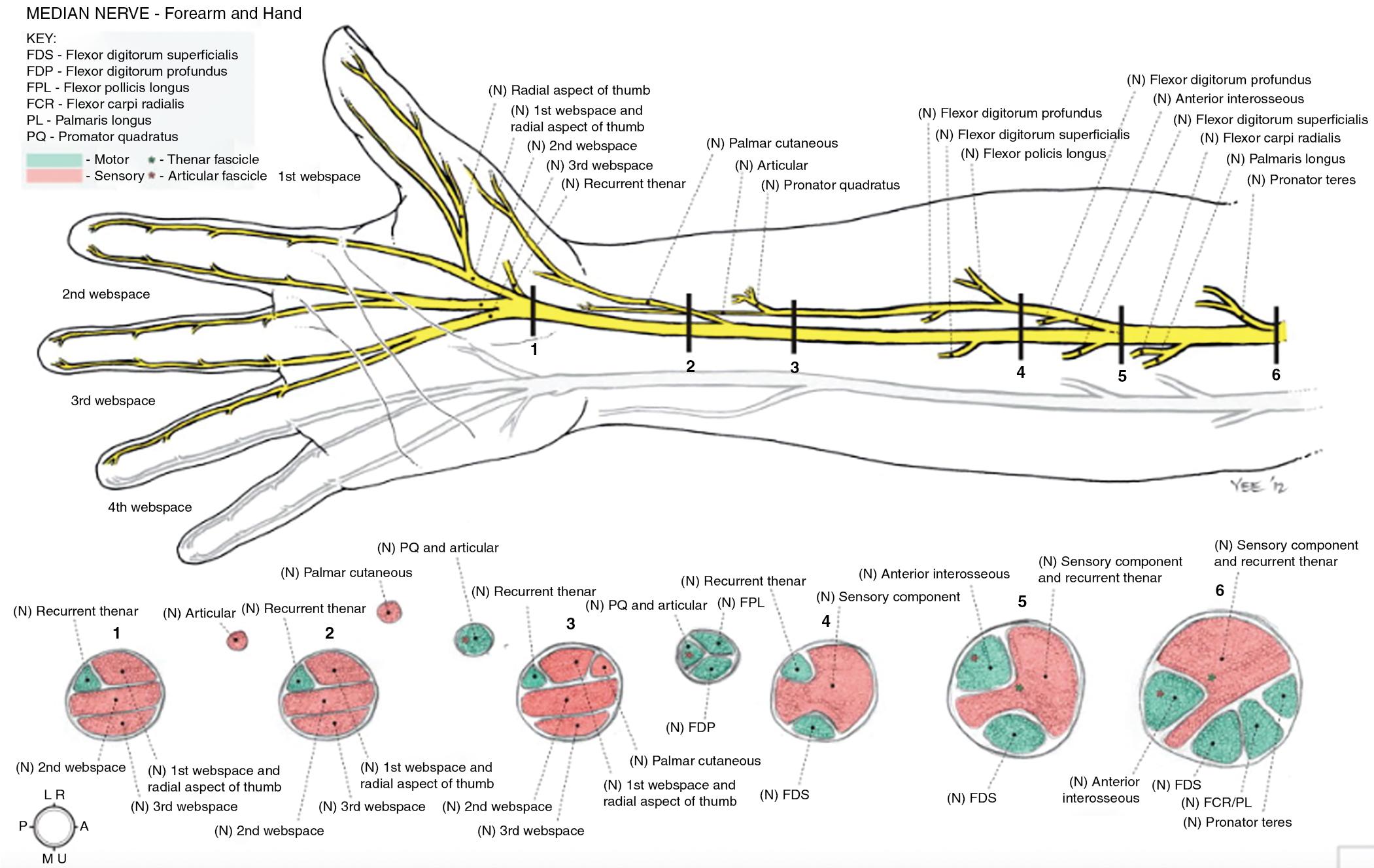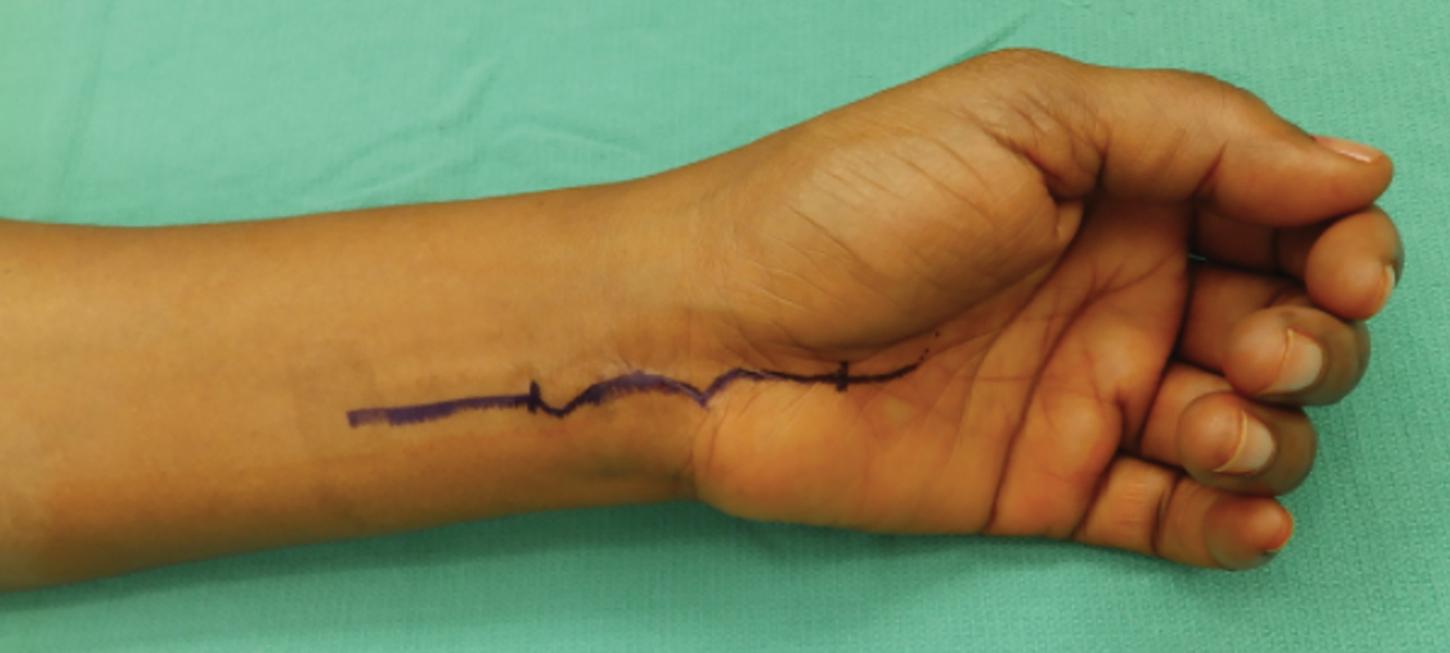Physical Address
304 North Cardinal St.
Dorchester Center, MA 02124
Any deficits attributable to the median nerve with an associated laceration or injury along the course of the nerve, high-energy injuries associated with blunt trauma and no appreciable median nerve recovery on examination, and prior median nerve repairs with no appreciable recovery on examination after 6 months.
Simultaneous flap coverage should be considered if there is lack of soft tissue over the nerve.
A closed injury with ongoing recovery.
The nerve should be tagged during debridement and repaired at another time if the field is severely contaminated.
Carefully assess any areas for lacerations or other wounds.
Assess median nerve sensory innervation along the radial and ulnar sides of the thumb, index, and middle fingers; the nerve also provides sensation to the radial side of the ring finger.
Assess median nerve motor function via thumb palmar abduction and opposition.
Palpate and percuss to identify an advancing Tinel sign or symptomatic neuromas.
Because of the communicating branches between the median and ulnar nerve (i.e., Martin-Gruber and Riche-Cannieu), patients may have preserved motor function in the presence of an open injury.
Electromyography and nerve conduction studies are useful to detect the presence or absence of sensory and/or motor deficits, as well as denervation/reinnervation based on increased latencies, decreased amplitudes, and/or the presence of fasciculations or fibrillations within the muscle upon needle insertion during this examination.
See Chapters 63 and 64 for pertinent anatomy of the nerve.
The median nerve is a mixed sensory and motor nerve with distinct grouped fascicles. It is critical to identify and realign the fascicles when performing repair ( Figs. 62.1 and 62.2 ).


See Chapter 60 for the list of potential donor nerves for the graft.
The operation should be performed under tourniquet control to visualize the injured nerve clearly, with the arm outstretched on the hand table.
A nerve stimulator can be useful to identify an intact nerve in the scarred tissue.
A microscope is used to perform a meticulous nerve repair.
Become a Clinical Tree membership for Full access and enjoy Unlimited articles
If you are a member. Log in here